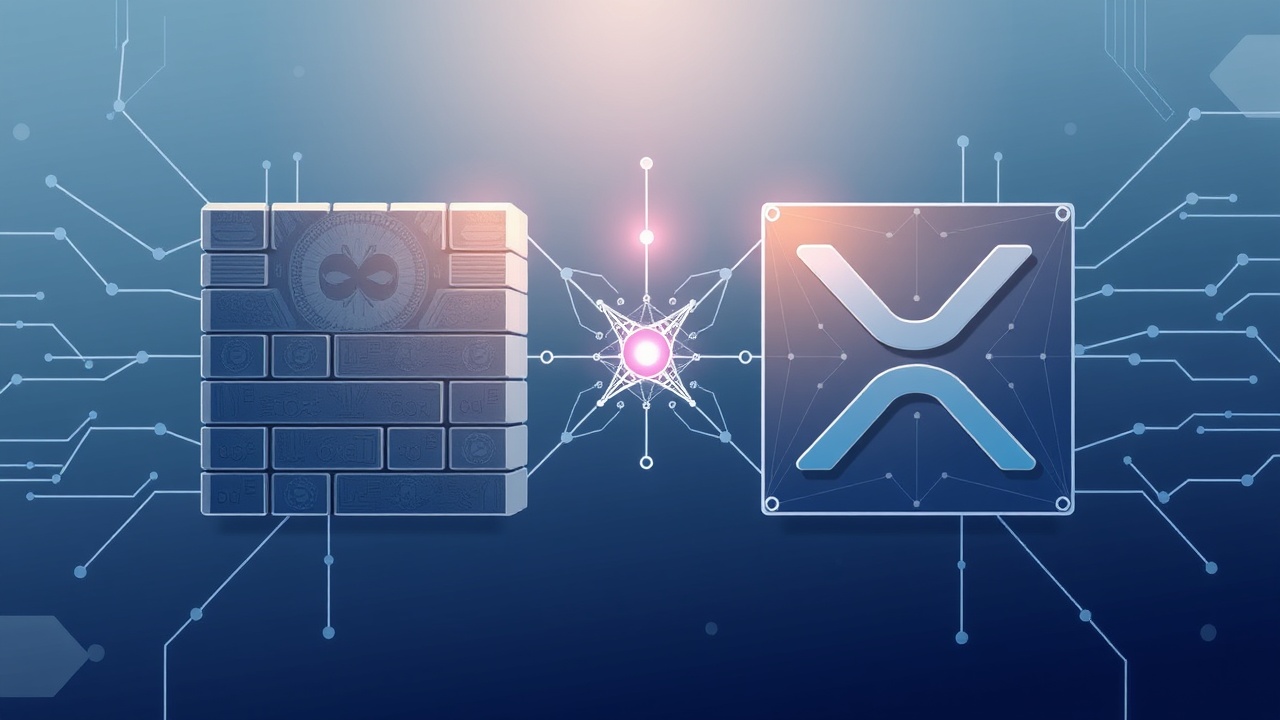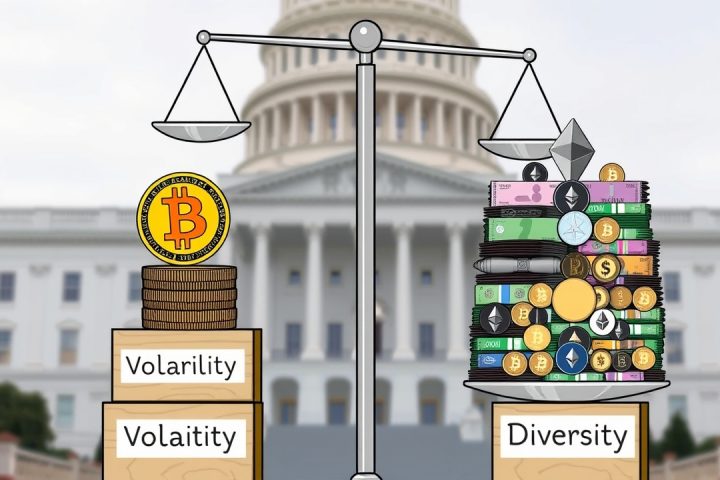Debate on XRP Ledger and Bitcoin Technology
In a recent online exchange, Matt Hamilton, the ex-Director of Developer Relations at Ripple Labs, engaged in a heated debate concerning the XRP Ledger (XRPL) and its similarities to Bitcoin’s (BTC) technology. Hamilton pointed out that the XRPL employs a hash mechanism akin to that utilized by Bitcoin, which sparked a broader discussion about the attributes of digital currencies.
Key Arguments in the Discussion
During the debate, Bitcoin advocate David Marcus, the CEO of Lightspark, asserted that Bitcoin represents an immutable paradigm of digital currency, arguing that it cannot be reproduced through forking. Hamilton responded by stating that Bitcoin represents merely one chapter in the ongoing evolution of financial technology, with more recent innovations such as XRP effectively overcoming some of Bitcoin’s inherent limitations.
“Why is there ongoing criticism regarding Ripple’s CEO, Brad Garlinghouse?” – Matt Hamilton
Hamilton defended the classification of the XRP Ledger as a blockchain, explaining that transactions on the XRPL are organized into blocks, with each new block containing the hash of the previous one, which ensures an immutable transaction history. He insisted that XRP employs the same foundational cryptographic techniques found in Bitcoin.
Decentralization and Mining Concerns
Marcus maintained his position by asserting that many alternative cryptocurrencies prioritize flexibility over decentralization, a trade-off he believes diminishes their reliability as neutral digital currency. Hamilton countered by arguing that XRP provides a competitive level of decentralization, as it permits anyone to operate a node, similar to Bitcoin’s structure.
Hamilton raised concerns about the sustainability of the current mining model for Bitcoin, especially anticipating challenges following the next two halving events. Nevertheless, Marcus brushed off these concerns, suggesting that an increase in Bitcoin’s price, along with energy costs and fees from Layer 2 networks, would incentivize new miners from various regions and even nations to participate in mining activities.
Recent Developments in the XRP Ledger
The dialogue also coincides with recent developments in the XRP Ledger, highlighting an important migration alert issued to validators still relying on the older trusted UNL by the original XRPL Foundation. Those validators are being urged to transition to updated configurations to ensure continuity beyond September 30, 2025, when non-compliance could result in disruptions in accessing the trusted validators’ list.
Furthermore, the XRPL has introduced three amendments aimed at bolstering network performance, reflecting an ongoing commitment to enhancing its infrastructure actively.
Growth in the XRP Ecosystem
Recently, the XRP ecosystem has seen a notable increase in liquidity, with the Total Value Locked (TVL) in XRP climbing from approximately $90 million to $103.67 million, as reported by DeFiLlama. This growth signifies heightened engagement among institutional investors, indicating that such entities view the XRPL as a dependable and cost-effective option within the expanding cryptocurrency landscape.




